Coryza in cats: symptoms, treatment and prevention
Coryza is a very common infectious disease that can have a serious impact on the health of cats. What characterizes it? How to distinguish and treat it? Lore & Science explains it all to you.
- What is Coryza in cats?
- What are the symptoms of this feline disease?
- How to treat coryza?
- How to protect your cat from coryza?
What is Coryza in cats?
Coryza, also known as feline viral rhinotracheitis or cat flu, is a common infectious disease that can be caused by three viruses and one bacterium in particular:
- Feline herpesvirus type 1 (FHV);
- Feline calicivirus (FCV);
- Reovirus;
- And the chlamydophila felis.
These four pathogens can, alone or in combination, be responsible for the development of coryza. In less frequent cases, other bacteria, such as bordetella, pasteurella and mucoplasma can also trigger it.
Cat flu is highly contagious. It is therefore usually contracted by animals living in a community: pet shops, catteries, shelters, homes or even families with several cats. Fragile animals, such as kittens, older cats and unvaccinated cats are at greater risk of exposure to coryza. It is estimated that 70% of the cat population is a carrier of the virus.
Transmission is mainly by direct contact:
- Mouth;
- Eyes;
- Nose;
- Sneezing;
- Blow of fire propelling droplets ;
- Infected discharges.
However, it can be contaminated indirectly by contact with a soiled item (hands, cloth, object, etc.). The life span of the FHV virus varies between 12 and 18 hours, depending on the degree of humidity, compared to an average of 10 days for the FCV.
Caution is called for when it comes to humans, because while feline herpes virus, calicivirus and reovirus cannot infect us, chlamydophila felis can. It can lead to chlamydia, an exceptional zoonosis that can cause flu-like symptoms, photophobia and conjunctivitis. On the other hand, feline viral rhinotracheitis poses no risk to your other pets, such as dogs.
Finally, it is important to know that coryza is a disease that persists for life in cats, in a latent form. The virus nests in the deep layers of the tonsils or in the trigeminal ganglion, which unfortunately makes it inaccessible by the animal's immune system.
What are the symptoms of coryza?
As coryza can be caused by several pathogenic entities of varying virulence, the symptoms and their severity vary according to the virus. They are generally illustrated by an attack on the respiratory tract and mucous membranes:
- Respiratory: wheezing, sneezing, coughing, runny nose, crusty nose;
- Ocular: discharges, ulcers (FHV), crusts, conjunctivitis;
- Buccal: important salivation, ulcers (FCV);
- Other: fever, exhaustion, loss of appetite, dehydration, lameness...
If you have several felines with the same symptoms, it is very likely that it is coryza because it is so contagious.
A veterinarian can diagnose the disease by observing the symptoms or via a test that will determine the pathogen(s) responsible for the disease. Be careful, the cat is not an animal that easily supports fasting. In case of suspicion, it is necessary to consult a professional if the cat has not eaten for 24 hours.
Finally, depending on the type of virus and the health conditions of the animal, recovery can be easy or difficult, leading to complications and death in the worst case.
How to treat coryza in cats?
The treatment of coryza will depend on the condition of the cat and the severity of its symptoms:
1Probe:
the feline may be hospitalized to have a catheter placed to help with feeding and hydration;
2Antibiotics:
administered in the form of tablets, drops or injections, to fight against bacterial superinfection;
3Anti-inflammatory:
used to soothe his pain;
4Antivirals:
prescribed in the most severe cases, recalcitrant, with complications;
5Hygienic care:
wipe the nasal and ocular discharge, remove the crusts which obstruct the nostrils of the animal, take care that its eyes do not remain stuck;
6Food:
Since cats often refuse to eat, you'll need to help them by serving soft, chopped, palatable food. At Lore & Science, we've developed CoryCata 100% natural and effective food supplement, to be added once a day to your cat's food ration. This solution is an excellent alternative to solid tablets, which can be painful and difficult for your pet to consume because of mouth ulcers, or when they've lost their teeth.
These treatments are intended to relieve symptoms during the attack, but cannot eradicate the disease at this time. As previously mentioned, the cat will remain a carrier of the virus, which may reoccur in episodes caused by stress or another disease.
Even if it does not present any more symptoms, the contagiousness remains permanent in the cats chronically contaminated by the feline calicivirus (FCV). On the other hand, it turns out to be intermittent, depending on the attacks, for cats carrying the feline herpes virus (FHV).
The incubation period for coryza is short, from 2 to 5 days before the first signs appear. If you have other felines, it is necessary to isolate the cat suspected of being infected to prevent the spread of the disease to other cats.
How to protect your cat from coryza?
Vaccination remains the most effective preventive method against the risk of contamination. Injection protects againstherpesvirus (FHV), calicivirus (FCV) and chlamydophila felis, but not other bacteria such as bordetella, pasteurella or mucoplasma.
Vaccination won't prevent your companion from contracting the disease, but it will reduce the severity of symptoms by boosting his immune system. What's more, the contagiousness of excretions will be reduced, thus limiting the risk of spread. The first dose can be administered when the kitten is 8 weeks old, with a booster dose every year to maintain optimal protection.
It is important to vaccinate at-risk felines, such as kittens and older cats, to protect them from any severe form of the disease, which, we remind you, can lead to death.
It is also possible, and recommended, to vaccinate a cat that already has the virus. The injection will allow to stimulate its immune systemThe injection will allow to reduce the severity of the symptoms during the next attack.
Finally, if you have been in potential contact with a contaminated cat, you should know that the herpes virus and the calicivirus are not resistant to bleach, soda or heating to 50°C.
You have a cat with Coryza, share with us your experience in the comments ↓

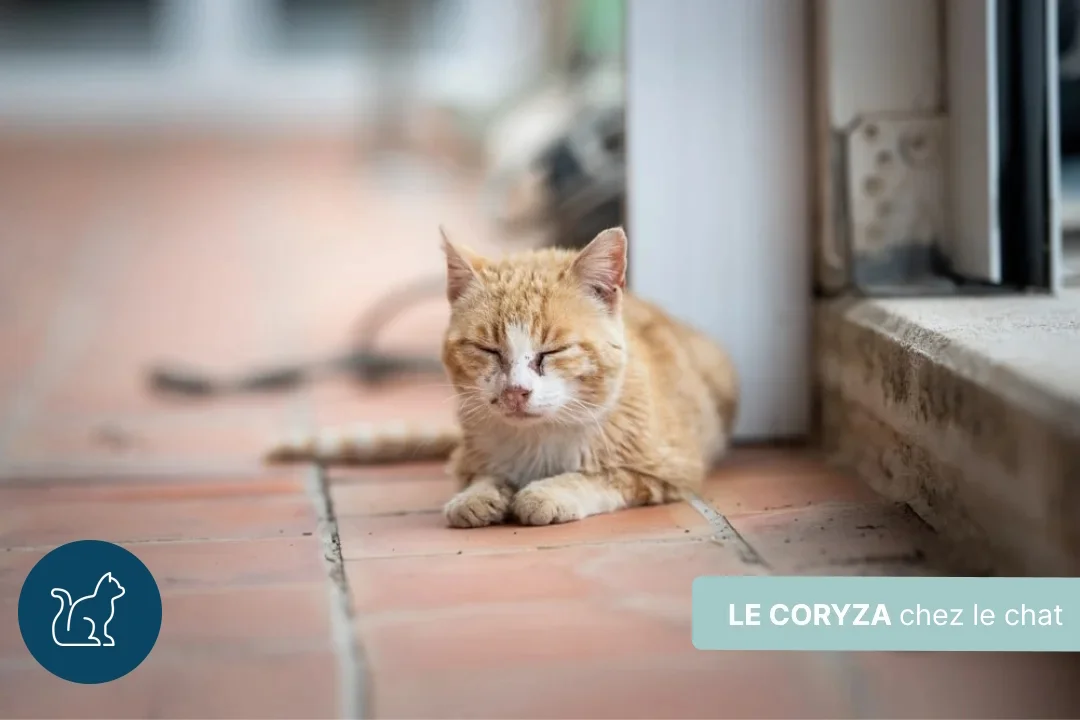
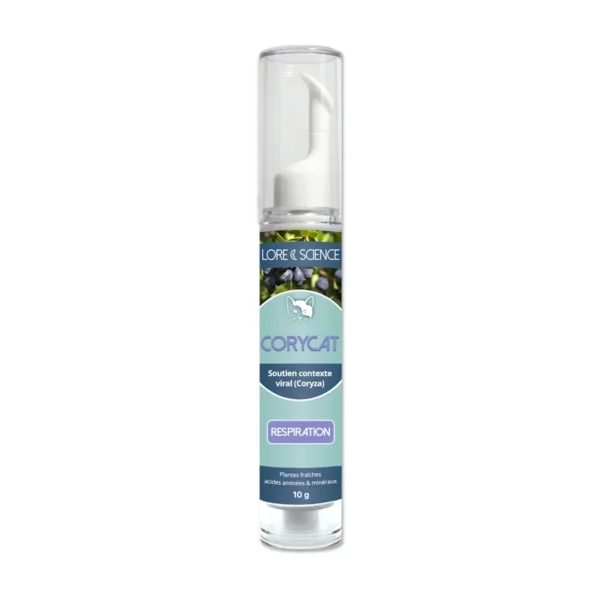
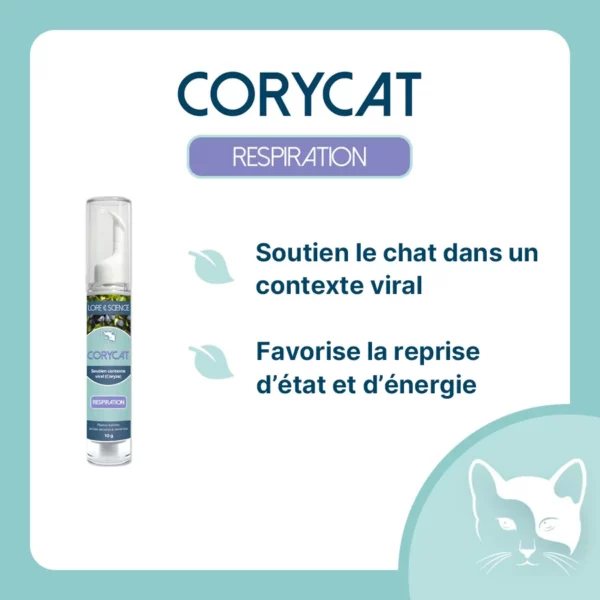
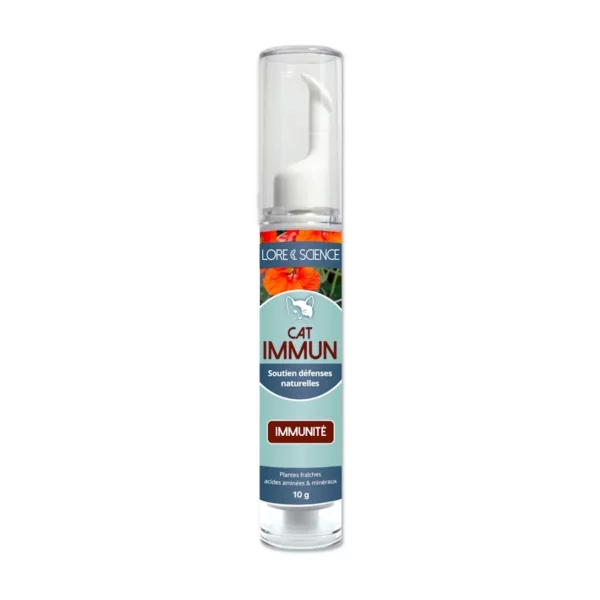
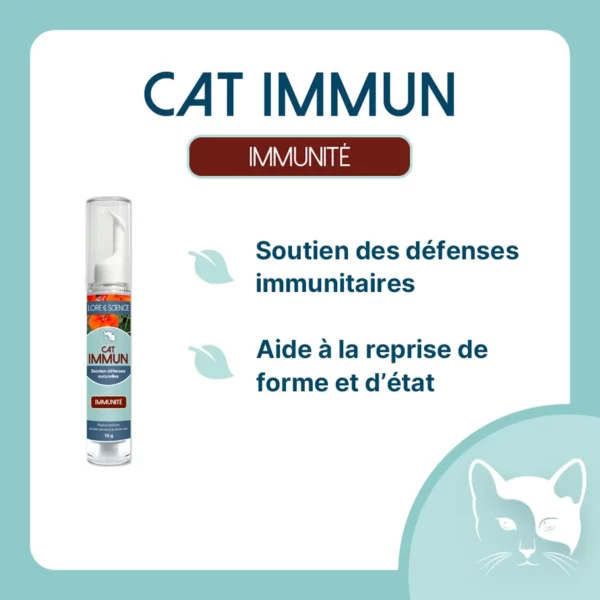

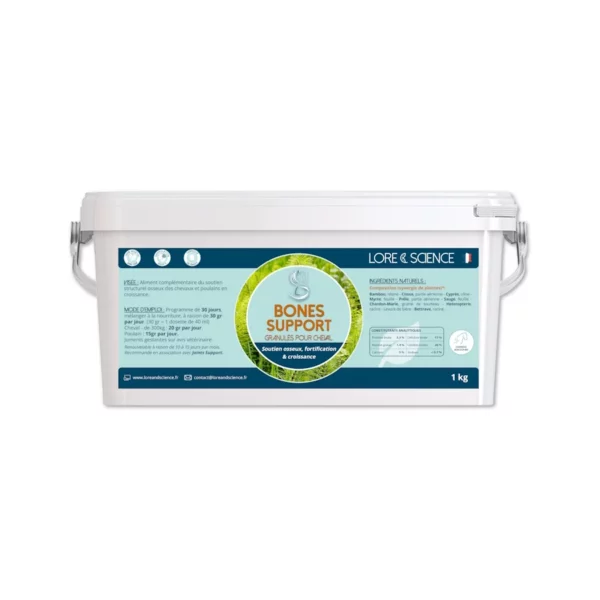
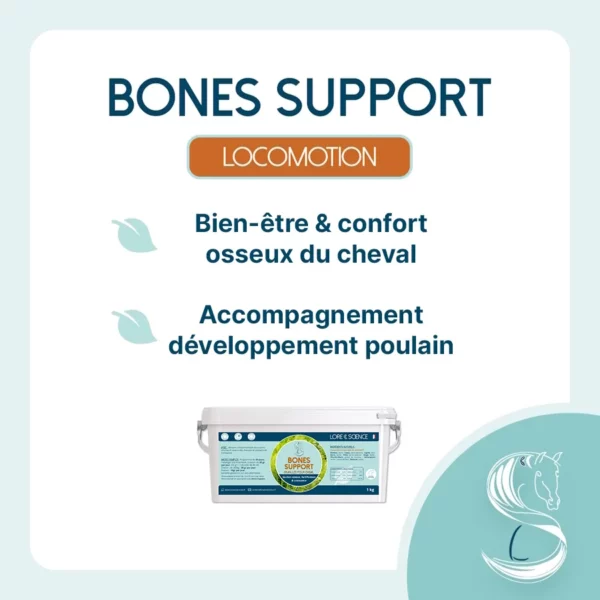
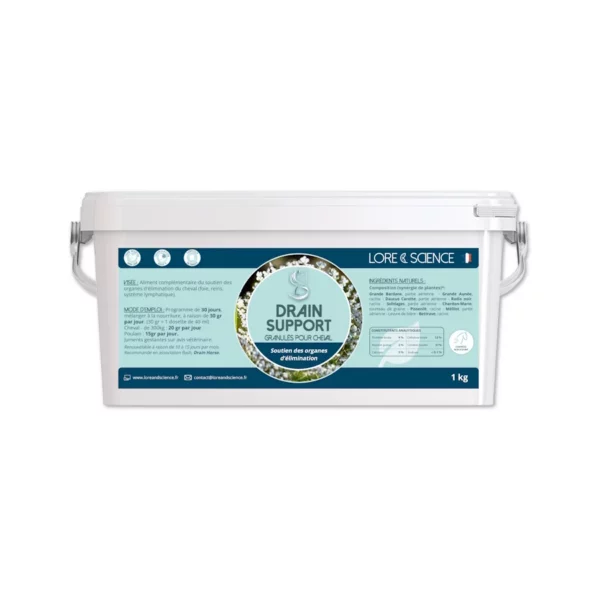
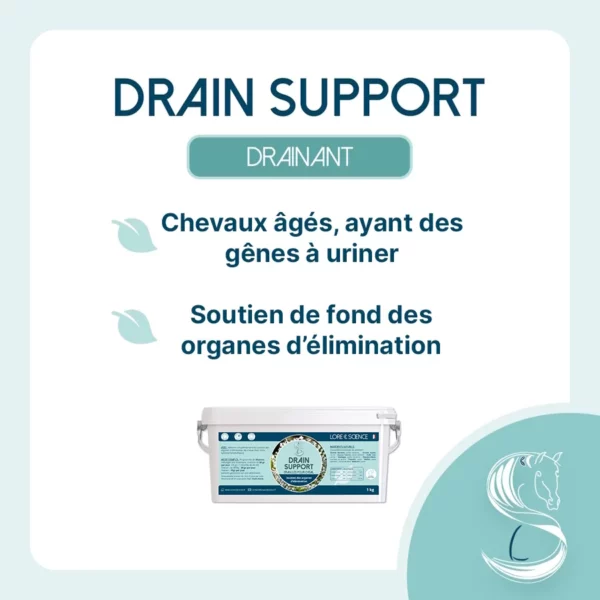








11 réactions sur "Cat coryza: symptoms, treatments and prevention"
My cat has coryza - loss of appetite, sneezing, coughing, listlessness. I've tried giving it the antibiotics the vet prescribed (pill form) but the cat refuses to eat it. I don't want to stress him out by forcing it down his throat. Do you have any other suggestions? Does coryza clear up by itself after a while?
Hllo, We invite you to try the CoryCat supplement, which is very easy to administer as it is put directly into the cat's food and gives excellent feedback from our users.
Coryza is an infection that occurs in episodes, and there is as yet no treatment that completely eliminates the virus.
Hello,
Can a female suffering from coryza transmit it to her offspring? Will she never be able to reproduce again?
Hello I have 2 cats suffering from chronic coryza since I took them off the street at 1 month old.
They are now 4 years old and go to the vet every month for antibiotics.
I started the coryza on rouky (attacks more spaced out)
Another one has calcivirus and suffers a lot; he doesn't come home anymore to avoid treatment, which is very stressful.
Can I give this product at the same time as the antibiotics?
Hello, yes, our products have no adverse effects when taken with medication.
I feed a 15 year old cat who lives in the wild.
She has a runny eye (left) and a runny left nostril. "My second cat is vaccinated.
Hello François,
I can't tell you if it's a confirmed case of Coryza (a diagnosis a vet could make), but the symptoms certainly suggest a respiratory infection.
The best thing would probably be to seek medical advice.
Best regards
Hello François,
I can't tell you if it's a confirmed case of Coryza (a diagnosis a vet could make), but the symptoms certainly suggest a respiratory infection.
The best thing would probably be to seek medical advice.
Best regards
I am feeding a free cat that I suspect has been suffering from coryza, sneezing, coughing, salivating, wheezing and very thin for the past three four months. I give him your product which seems to be beneficial to him. I can't take him to the vet, what can I do to cure him?
Thank you for your comment, our product Corycat 100% natural can effectively relieve the symptoms of the cat affected by coryza. Unfortunately the cat will remain a carrier of the coryza virus all its life in latent form, there is no solution for the moment to eradicate the virus definitively, it is recommended to vaccinate the cats from the youngest age, which will make them more resistant to this virus.
Hello, my name is Nathalie. I'm an animal protection volunteer and I feed free cats. I also notice cats with coryza virus, affected by calicivirus with inflammation called stomatitis. The cat has difficulty eating.
As I'm in contact with an animal protection association, we're taking charge of the cat to provide it with the medical care it needs to relieve its pain and give it better oral comfort so that it can eat.
I'm writing to you today to find out what's happening with the free-roaming cat you used to feed. I see your letter too late.
The thing I would have advised you to do is to contact an animal protection association in order to get this sick cat off the street. Either take it by the hand if it is sociable or capture it with a trap if it doesn't let itself be approached.
Is this cat still alive today?
Have you been able to do anything for him?
Nathalie M. Nantes, December 2023